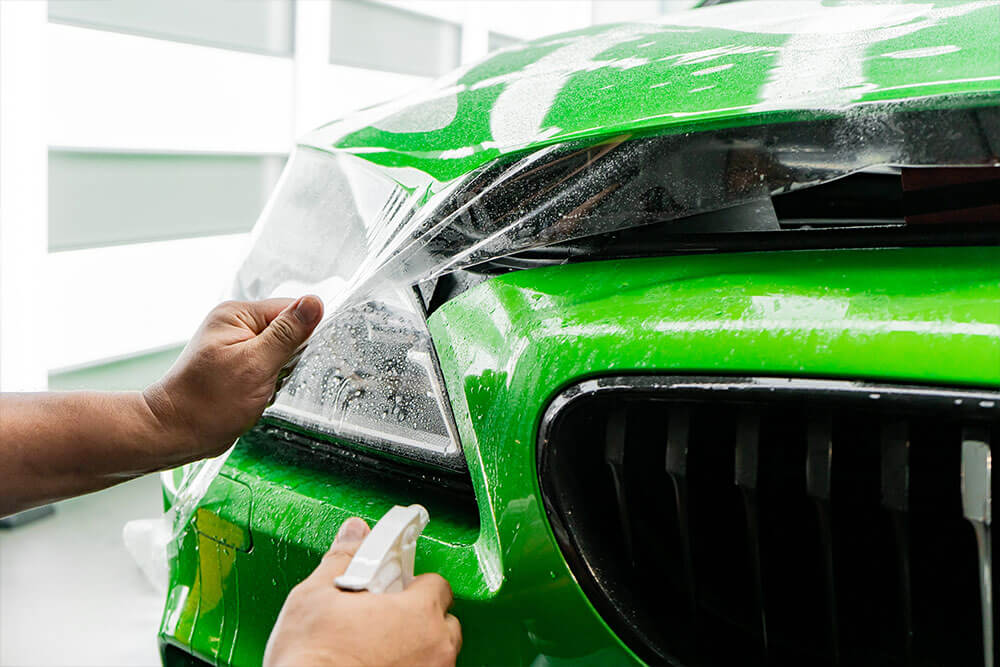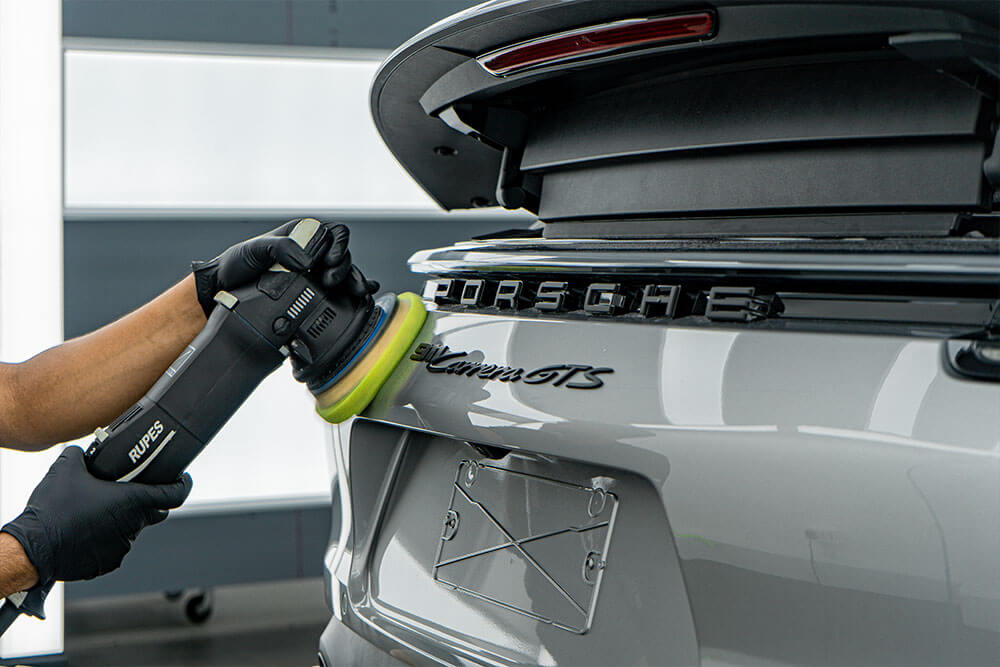
When it comes to installing Paint Protection Film (PPF) on your vehicle, many factors contribute to a flawless finish. One aspect often overlooked is the environment in which the installation takes place. While you may focus on the quality of the film and the skill of the installer, the installation environment plays a significant role in ensuring the film adheres correctly and performs as expected. Here’s why environmental control matters and how it affects the outcome of your PPF installation.
Temperature Influences Adhesion
Temperature is one of the most critical environmental factors in PPF installation. The adhesive on PPF films needs to bond to the vehicle’s surface at a specific temperature range. If the temperature is too cold, the adhesive might not bond properly, causing the film to lift or peel prematurely. If the temperature is too high, the film may become too pliable, causing it to stretch and form wrinkles or bubbles. The ideal temperature range for installation typically falls between 60°F and 80°F (15°C to 27°C). Maintaining this temperature ensures the adhesive bonds properly and the film adheres smoothly.
Humidity Affects Adhesion Quality
Humidity is another environmental factor that impacts PPF installation. If the air is too humid, moisture can prevent the adhesive from bonding effectively to the paint, leading to issues like bubbling or improper adhesion. On the other hand, overly dry conditions can cause the adhesive to set too quickly, preventing smooth application. The optimal humidity for PPF installation is around 50-60%. By controlling humidity, installers can ensure that the film adheres to the surface without complications, extending the life and quality of the installation.
Cleanliness is Crucial
Installing PPF in a clean, dust-free environment is essential for achieving a flawless finish. Even the smallest dust particle or debris can become trapped under the film, causing unsightly blemishes and compromising the protection. Dust and dirt can also disrupt the film’s adhesion, reducing its effectiveness. A professional PPF installation typically takes place in a controlled, clean space often a workshop or booth designed to minimize dust and particles in the air. Using high-efficiency air filtration systems helps to keep the installation space as clean as possible.
UV Exposure Affects Film Application
UV rays can interfere with the curing process of the adhesive on PPF. If the film is exposed to direct sunlight during installation, the adhesive may cure too quickly or unevenly, leading to a poor bond and possibly causing discoloration of the film. To avoid these issues, PPF installations should be carried out in shaded areas or indoors, where UV exposure is minimized. By doing so, the adhesive cures more slowly and evenly, leading to a more durable and seamless installation.
Stable Temperature Prevents Film Distortion
Rapid temperature changes during installation can cause the PPF film to behave unpredictably. If the film cools too quickly, it may shrink or become rigid, making it difficult to stretch or mold around curves. Conversely, a temperature spike may make the film too soft, leading to stretching and warping. Maintaining a stable temperature throughout the process ensures the film adheres properly without distortion, providing long lasting protection for your vehicle.
Conclusion
Environmental control is a crucial aspect of PPF installation that ensures the film adheres correctly and performs optimally. By maintaining ideal temperature, humidity, and cleanliness levels, professional installers can create the best conditions for a flawless installation. Ensuring these factors are in check will extend the longevity of the PPF and keep your vehicle’s paint protected for years to come.


